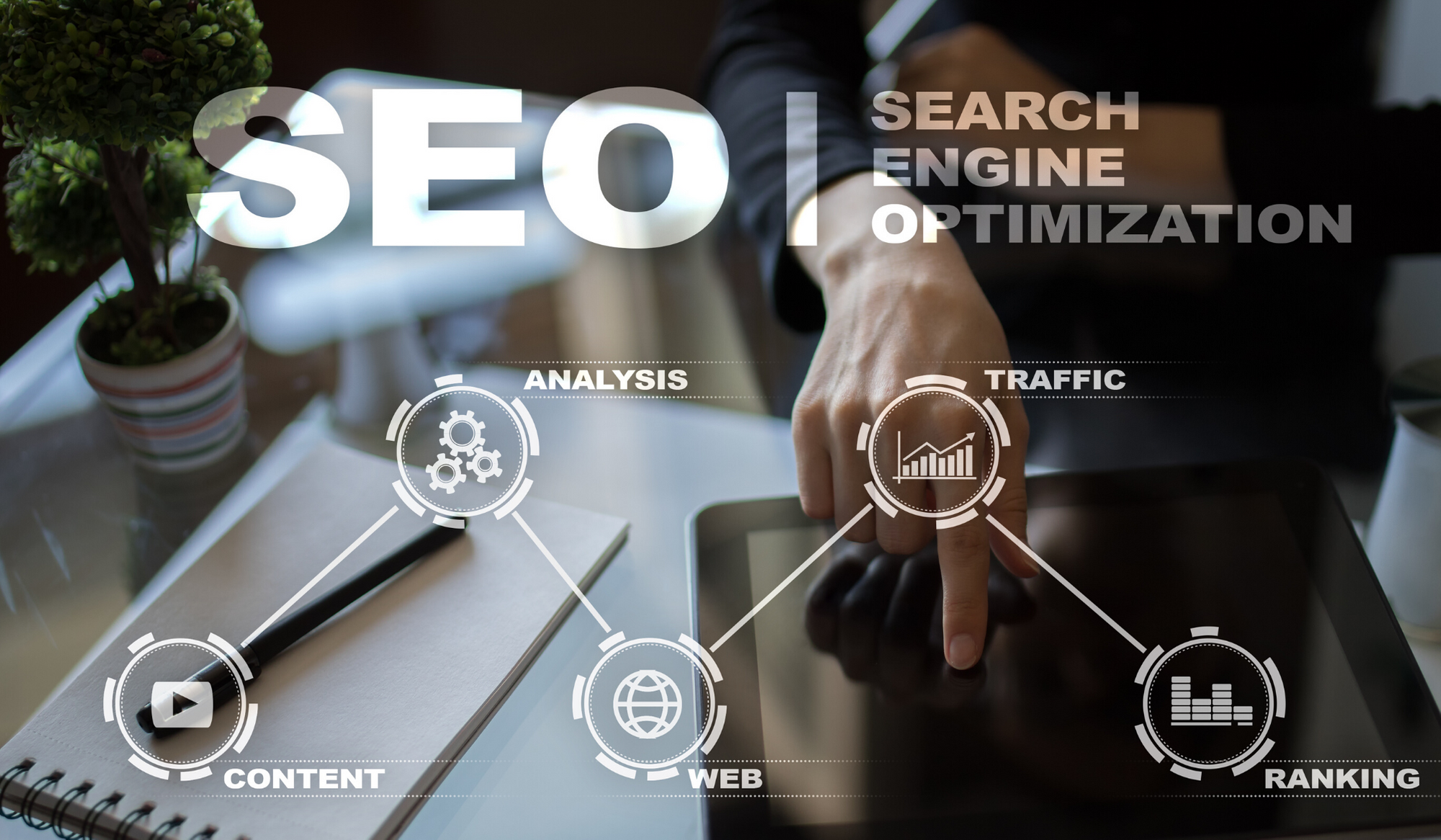On-page SEO is all about making your website rank as high as possible on search engines.
There is a lot involved in SEO as a whole, but at its core, it is about making your website easy for Google’s algorithm to understand. There are two different types of SEO, on-page and off-page, both of which are used by Google to determine your site’s rankings. Here, we will look at how on-page SEO works on your site.
Factors of On-Page SEO
On-page SEO is the elements of your website, including the visual and textual content as well as the quality of the technical setup of your site and the quality of your code. You have control over everything involved in your on-page SEO. There are three major factors involved in on-page SEO that you can focus on.
Quality Content
Why do you visit a website? Usually, it is because it has the information or products you are looking for. When you work on your website’s content, strive to make it the best content possible so that people will keep coming back for more information. Think about what you would want to learn from your site if you were a visitor and work from there.
Search engines will read the content on your pages to determine how to rank sites. Your content needs to be informative, focused on the right keywords, and easy to read.
E.A.T.
E.A.T. stands for expertise, authoritativeness, and trustworthiness, which is the framework that Google uses to assess content and websites to determine if its content is of the right quality to give the site a higher ranking. When crafting content for your site, ask yourself if it meets the criteria of this framework.
Headline
Writing compelling headlines can be tricky, but it is necessary to help your audience learn what your page is all about. A good headline can help improve your engagement and entice users to select your page in the search engine results.
User Experience
Visitors of your site need to be able to understand it. When you visit a site, you want to be able to find whatever you are looking for quickly and easily. If something is buried in your navigation bar and takes a few seconds to find, the user does not necessarily have a good experience. Your site needs to be fast and easy to navigate. While having a pretty website is nice, it is not worth sacrificing your site speed.
Google factors the user experience into its rankings, assessing these factors, and more. If your site does not offer a good user experience, it will get marked down in the rankings.
Technical Structure
You want to have a quality website, which means that you need to have high-quality code. One of the best things that can help you with that is by using WordPress for your website. It is one of the most popular website builders because it can help you set up your site without having a lot of technical knowledge. This means that a lot of the on-page technical SEO issues will be covered by WordPress.
Indexing and SEO
Indexing your page is also part of the technical SEO structure that is important to note here. For your site to show up high in the Google search rankings, Google needs to be able to find your site first. Google learns about the pages on your site through indexing. Basically, Google examines the pages on your site and stores them in their index so they can be found when someone searches for them.
Sometimes, someone can accidentally block Google from indexing their site or even individual posts or pages. When working on your technical SEO, check to make sure you are not accidentally doing this. A small thing like this can make a big impact on your SEO, both for good and bad.
Title Tags
The title tag is an HTML tag that is at the head of every section on your webpage. These help give Google clues into the context of the page. By itself, the title tag does not have much impact on your organic rankings, so it can get overlooked sometimes, but it is part of the proper HTML setup, and it can affect the user experience, which is important to search engines.
Meta Description
This is a vital component of your SEO strategy. When you look something up on Google, the description that is displayed below the page name in the results is the meta description. The meta description can improve your click-through rate; it also gives the user a clue about your site’s quality at a glance.
Header Tags
The header tags are another critical piece of HTML to include in your site. These tags range from H1 to H6, and they allow search engines to get a basic idea of the page quickly. The header listed above this paragraph is an H4 because it is a subheading of an H3 header. The headers show the relationship with each section.
Using header tags can make your content easier for your users to read. Often people will use the headers to quickly skim an article before committing to reading it, so strategically using header tags can help with that.
It is important to note that there should only be one H1 tag per page. That is the overarching title for your page, so it can confuse search engines if you have more than one H1.
Conclusion
These are the most important factors of on-page SEO. You want a website that runs smoothly and quickly and has excellent content your audience wants to read. There is more that goes into your SEO, but these are the basic building blocks. SEO is complex, so working with a top-rated agency like Oregon Advertising can help you improve your site and SEO. Contact us today to get started!

